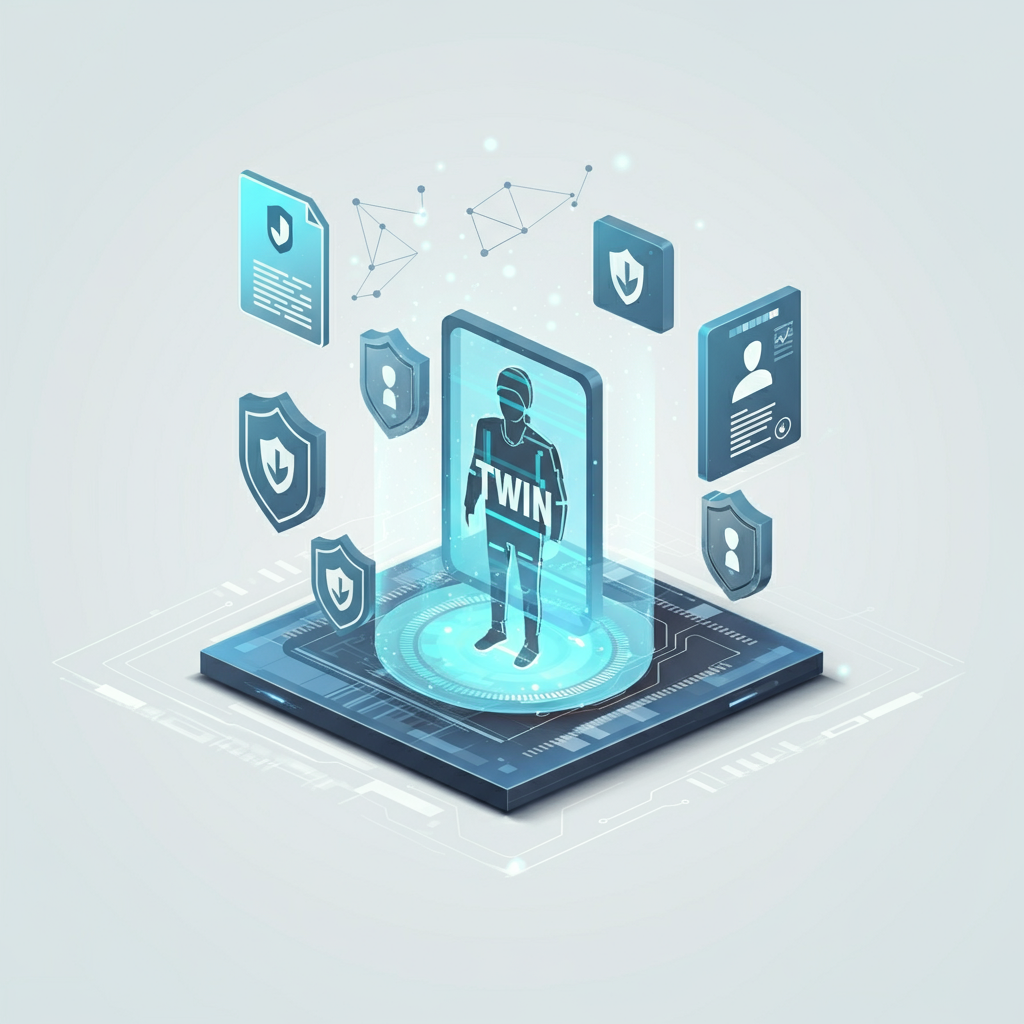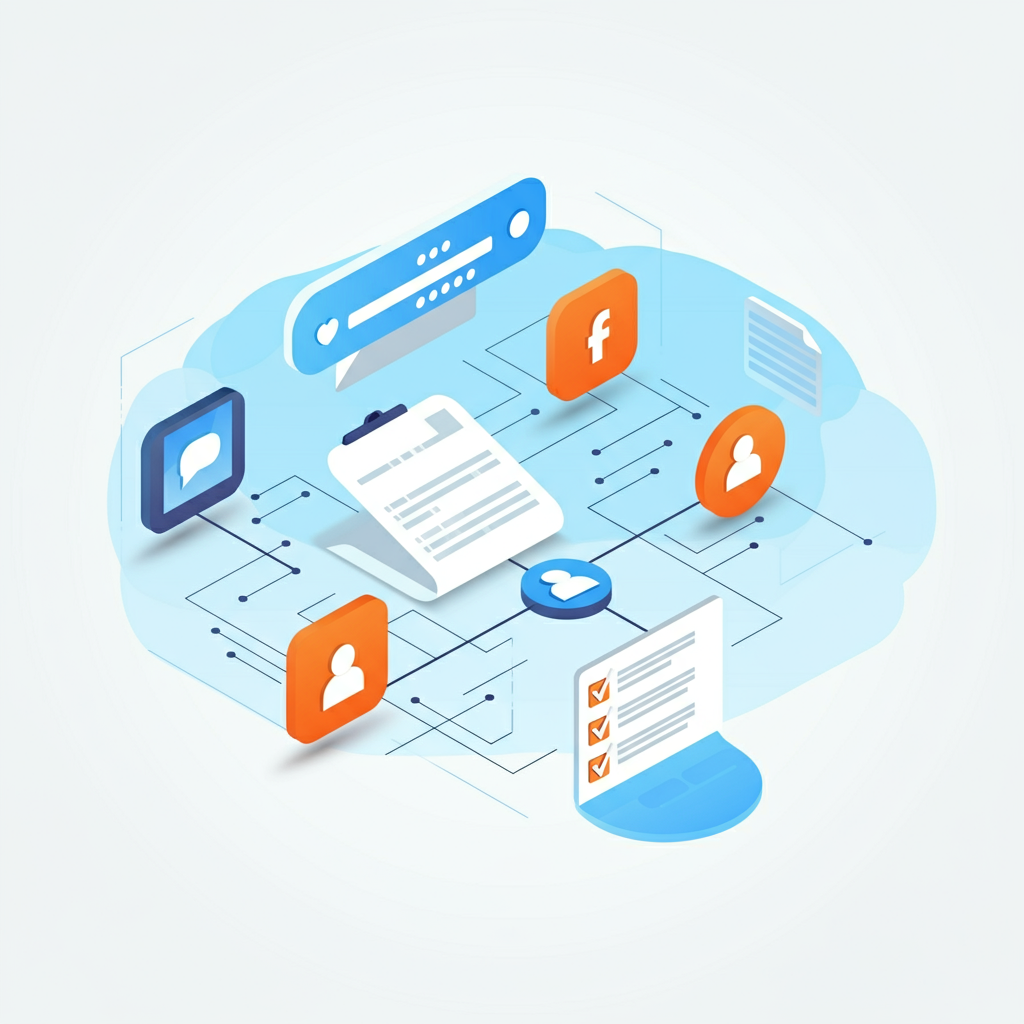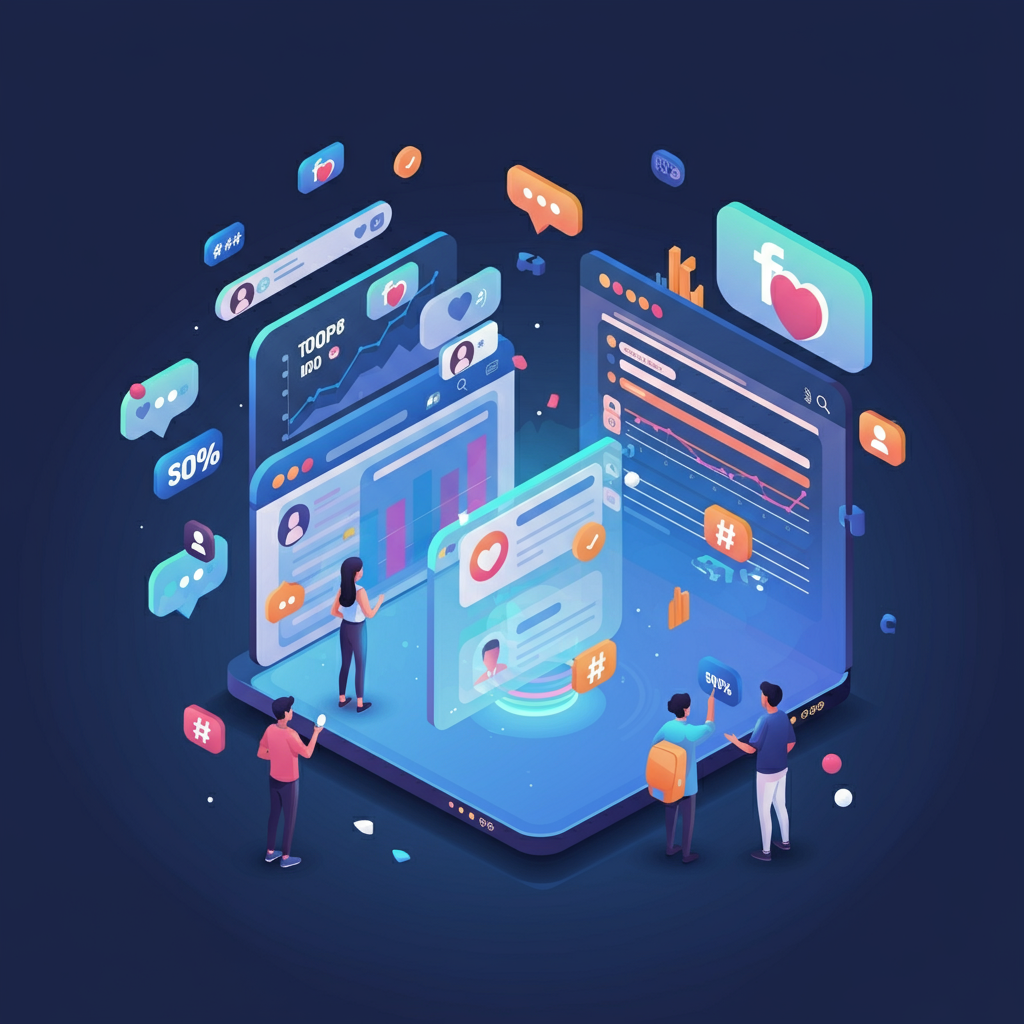The insurance industry is no stranger to transformation. From the earliest days of handwritten policies to the digitized systems we use today, each step forward has been about improving efficiency, accuracy, and customer satisfaction. But now, a new disruptor is set to revolutionize the industry once again: digital twin technology.
What if insurers could predict potential risks with near-perfect accuracy, customize policies based on real-time data, or reconstruct catastrophic events to better process claims? This is the promise of digital twins. This blog dives into the core concept of digital twin technology, how it integrates with AI modeling, and why its applications in the insurance industry are a game-changer.
What Is Digital Twin Technology?
A digital twin is a virtual representation of a physical entity, process, or system. Simply put, it’s a detailed digital replica that mirrors real-world behavior to simulate, predict, and analyze outcomes. Powered by sensors, IoT (Internet of Things), and AI, digital twins allow organizations to visualize data and gain actionable insights in real time.
While the concept originated in manufacturing and engineering, its adoption has rapidly expanded across various industries, including healthcare, retail, and, of course, insurance. For the insurance world, digital twins hold immense potential by bridging the gap between risk modeling and real-world dynamics.
Why Digital Twins Are Transforming Industry Standards
- Enhanced Predictive Insight: Digital twins provide a realistic model of assets or individuals, helping insurers predict potential risks and preemptively mitigate them.
- Personalized Policies: Using a digital twin, insurers can create highly tailored policies based on ongoing, real-time data.
- Operational Efficiency: Simulated scenarios reduce dependency on hypothetical models, making underwriting and claims processes more efficient.
Now, let’s explore how this technology is making waves in the insurance sector specifically.
How Digital Twin Technology Enhances Insurance Operations
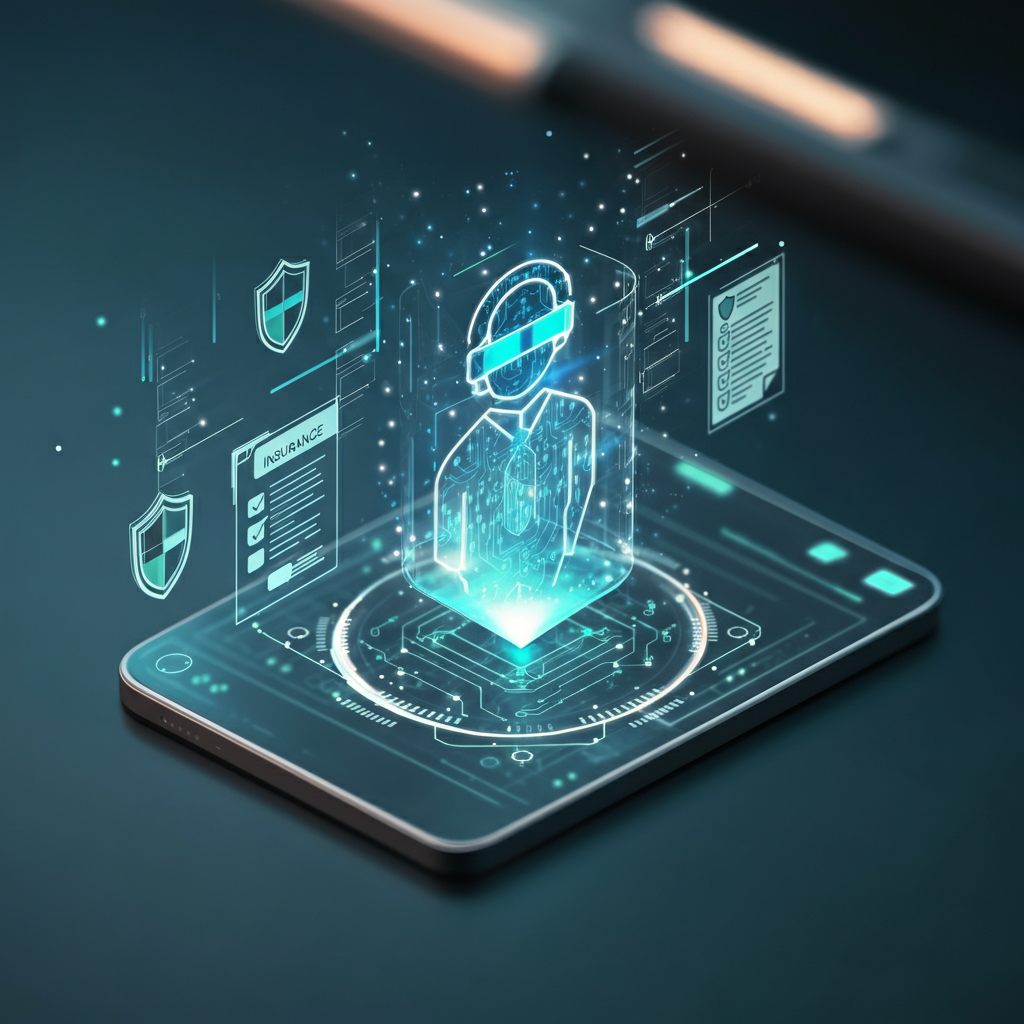
The integration of digital twin technology into insurance operations is shifting the way companies tackle challenges. Here’s how:
Risk Assessment and Underwriting
Digital twins enhance risk assessment by gathering and analyzing real-world data through sensors and IoT devices. For example:
- Home insurers can deploy IoT sensors to a physical property to create a digital twin, monitoring weather, structural vulnerabilities, and fire hazards.
- Life and health insurers can use wearable devices to monitor clients’ health in real time. This helps more accurately assess risk and tailor policies to individual behaviors.
Claims Processing and Fraud Detection
Insurers can also use digital twins to reconstruct events like accidents or natural disasters to evaluate claims with greater precision. For instance:
- Auto Insurance: Digital twins of vehicles involved in accidents can simulate scenarios, reducing fraud and speeding up claims verification.
- Natural Disasters: Modeling a flood’s impact on a specific area using digital twins helps insurers estimate losses and expedite claims processing.
Customer Experience
Ultimately, customer satisfaction reigns supreme in insurance, and digital twins allow for a more proactive and responsive process. Insurers can offer dynamic premiums that adjust based on real-time changes, presenting customers with clear and accurate assessments every step of the way.
The Role of AI Modeling in Digital Twin Technology

AI technology supercharges digital twins by adding layers of intelligence through predictive analytics and machine learning. Here’s the interplay:
Predictive Analytics for Smarter Decisions
AI infuses predictive capabilities into digital twins. By analyzing vast amounts of data, AI can predict future risks and behaviors:
- Life Insurance: AI models within digital twins can evaluate lifestyle choices and genetic predispositions to predict health risks.
- Auto Insurance: Analyzing driving habits through digital twins of vehicles, AI can suggest changes to reduce accidents and improve safety protocols.
Automation and Real-Time Adjustments
AI allows digital twins to analyze incoming data continuously, automating certain insurance-related tasks:
- Automatically adjusting policy premiums based on updated data patterns, such as reduced health risks or upgrades to a home’s security system.
Customized Marketing Insights
Digital twins combined with AI can improve customer segmentation and help insurance providers develop targeted campaigns for potential leads.
Real-World Use Cases of Digital Twins in Insurance
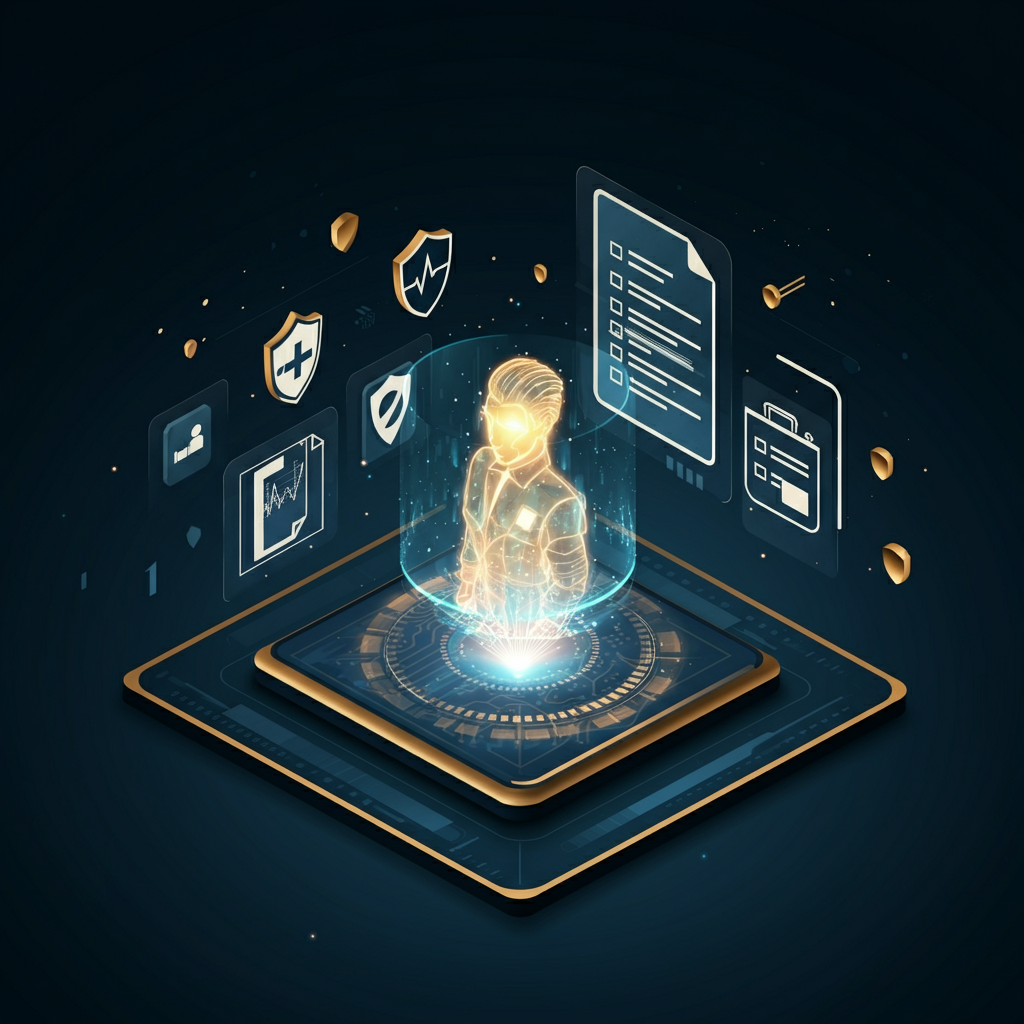
Case Study 1: Preventing Water Damage
A leading home insurance provider used digital twin technology to model plumbing systems in older homes. IoT sensors monitored water pressure and flow rates in real time, identifying areas prone to leaks. The result? The provider saved millions on claims while reducing water damage complaints by 30%.
Case Study 2: Smarter Auto Insurance Policies
An auto insurer created digital twins of policyholders’ vehicles using telematics. By analyzing driving behavior, they could proactively provide guidance on safer driving habits. Customers adopting these suggestions received lower premiums, creating a win-win scenario.
Case Study 3: Health Insurance Revolution
A health insurer partnered with wearables companies to collect continuous data from users. With digital twin models of individuals’ health, they could predict chronic diseases early and incentivize healthier lifestyles with discounts on premiums.
Challenges and Considerations in Adopting Digital Twins
Like any cutting-edge technology, digital twins come with their own set of challenges. Insurance companies must weigh the following factors carefully:
Ethical and Privacy Concerns
The use of IoT devices and personal data presents privacy challenges. How can insurers ensure data security and maintain customer trust? Transparent policies and compliance with data protection regulations, like GDPR, are critical.
Initial Costs and Integration Barriers
Building and deploying digital twins can be resource-intensive. Companies must budget for the technology, hire specialized talent, and ensure seamless integration with legacy systems.
Educating Stakeholders
Understanding and adopting digital twins require a mindset shift within an organization. Decision-makers and employees must be educated on the technology’s value and its impact on day-to-day operations.
Future Trends and Innovations in Digital Twin Technology
The insurance industry is just scratching the surface of what digital twins can achieve. Here are some future innovations to watch for:
- Blockchain Integration for secure, tamper-proof data sharing.
- Multidimensional Twins that model increasingly complex systems, combining data across assets, processes, and human behavior.
- AI-Enhanced IoT Systems that can predict not just immediate risks but long-term trends critical for long-term policy adjustments.
Digital twins and AI together will push boundaries, creating an ideal balance between risk, operational efficiency, and customer satisfaction.
Why Your Organization Needs Digital Twins Now
Understanding digital twin technology is no longer optional for insurance professionals; it’s crucial in staying competitive. From custom-tailored policies to smarter claims processes, the advantages are clear.
Whether you’re an insurance leader or a tech enthusiast exploring the future of this field, digital twin technology is your gateway to innovation. Are you ready to transform your operations?
Next Steps
Explore how digital twins and AI can benefit your firm. Consult with experts or start small by integrating IoT devices into your processes and analyzing early results.
